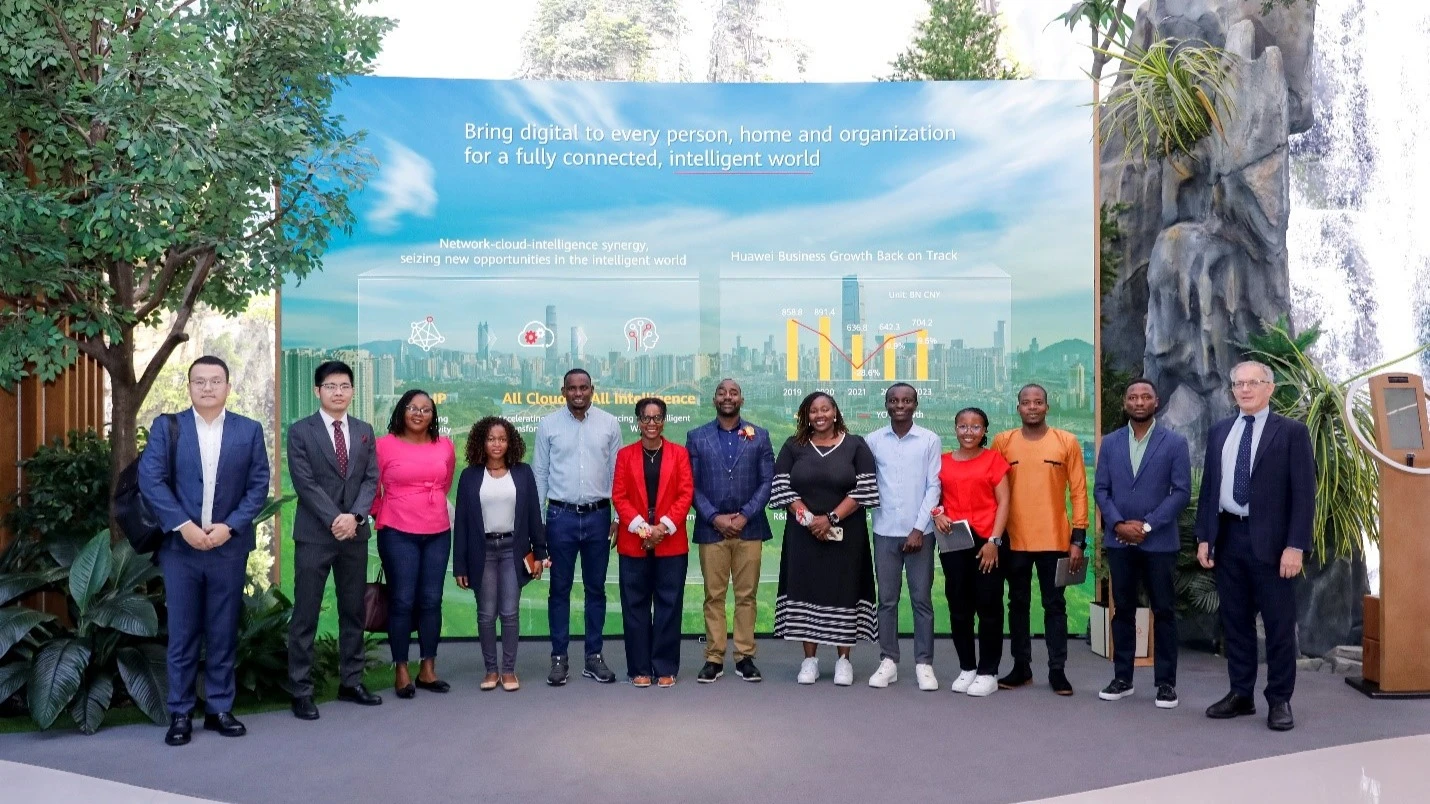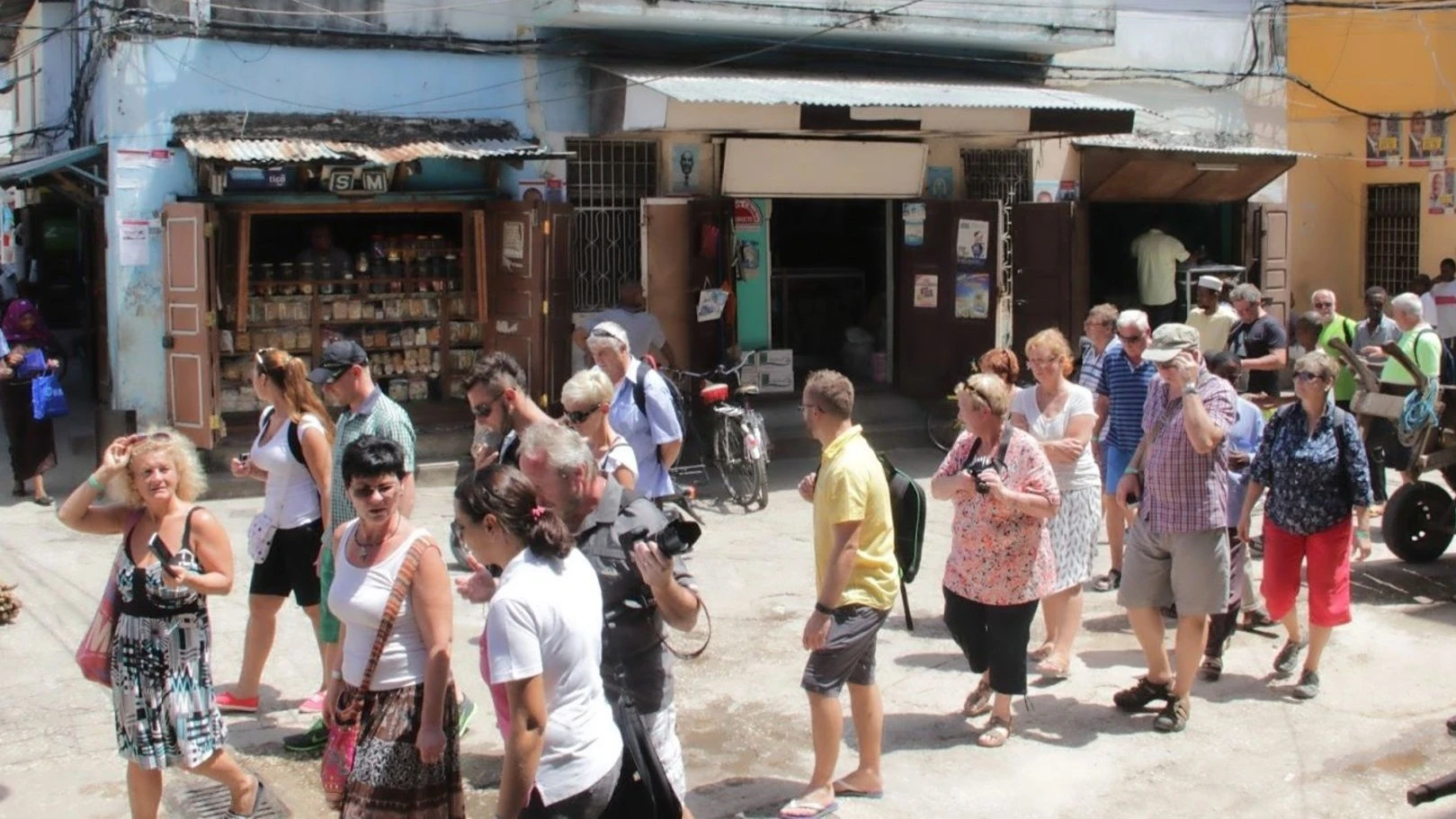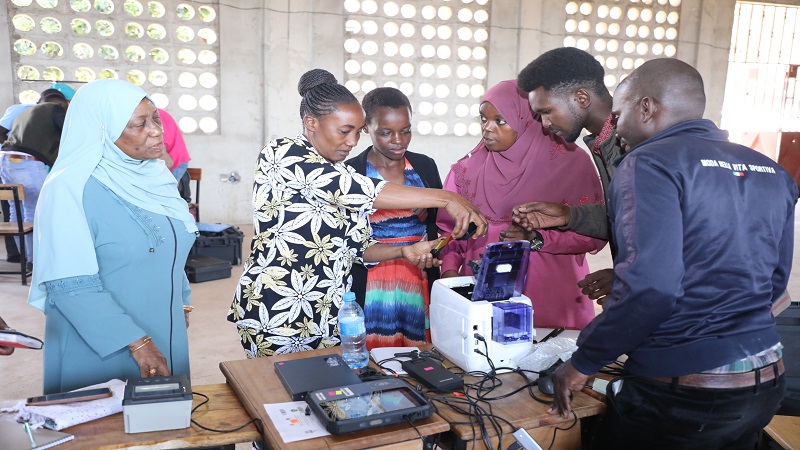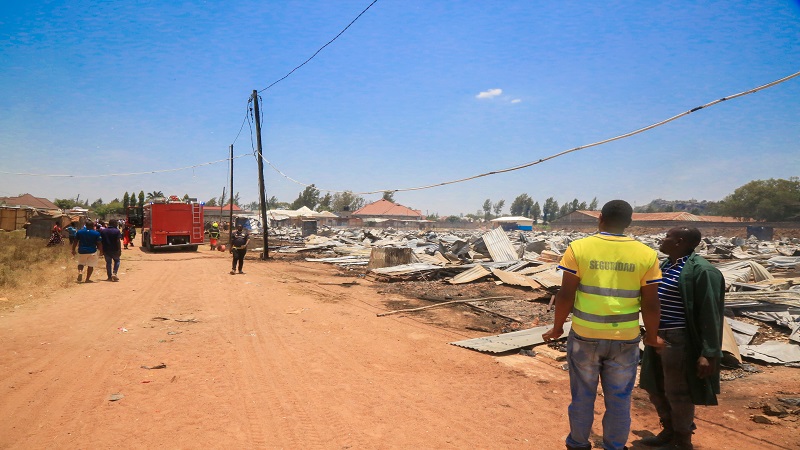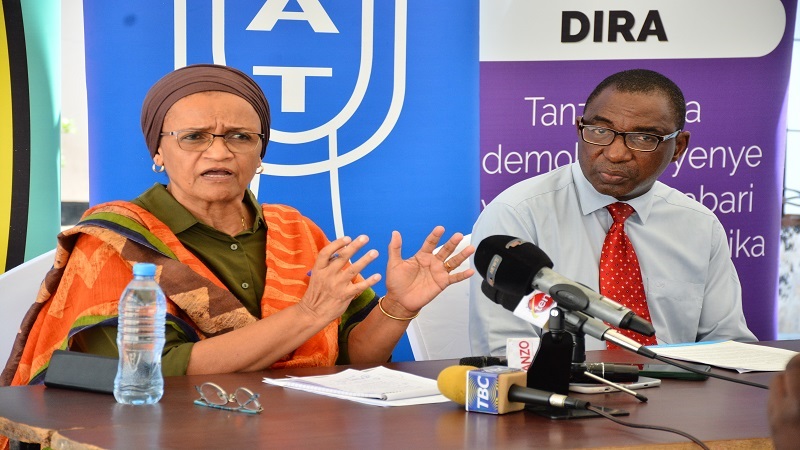Village secures forest land right after 20-year boundary dispute

A total of 2,500 villagers from Lusane village in Tunguli ward, Kilindi District, Tanga Region, now have legal rights to the Oloilili Village land forest.
This development comes as the longstanding 20-year boundary dispute between Lusane and Kitingi villages has finally been resolved, paving the way for the establishment of Community-Based Forest Management (CBFM).
Speaking at the 24th Annual General Meeting of the Tanzania Community Forest Conservation Network (MJUMITA) held in Morogoro, Lusane village chairman, Isaya Paramisa, expressed his gratitude to MJUMITA and the Tanzania Forest Conservation Group (TFCG).
He commended the groups for their efforts in resolving the conflict and facilitating discussions with village leaders, religious elders, party officials, ward councilors, district authorities, and lands officers from Kilindi district.
“We are deeply thankful to MJUMITA and TFCG for helping us engage with all stakeholders, from religious and traditional leaders to government officials. Their efforts have helped us finally resolve a conflict that has persisted since 1997,” Paramisa stated.
As a result of the resolution, Lusane village has allocated 1,225 hectares of land to address community needs. Beacons have been installed to clearly mark the boundaries between the two villages, and Lusane now has a formal village land use plan.
This plan allocates land for various purposes, including livestock keeping, agriculture, water sources, sustainable timber harvesting, and most notably, the establishment of a Village Land Forest Reserve under the CBFM framework.
The establishment of the forest reserve is expected to promote sustainable forest management, provide income for village development projects, protect water sources, and combat deforestation, which is a significant contributor to climate change.
Paramisa praised MJUMITA and TFCG for training 14 members of the Village Land Use Management Committee on land use planning.
This training empowered the village to successfully implement its land use plans. Additionally, members of the Village Natural Resources Committee (VNRC) received training on forest management techniques, including the use of Global Positioning System (GPS) technology to designate specific plots for sustainable timber harvesting.
“Thanks to the support of Peter Ibrahim and Simon Lugazo from TFCG and MJUMITA, we were able to overcome this challenge and establish a village land forest reserve. Without their assistance, this would not have been possible,” Paramisa said.
He explained that earlier this year, a team of conservation experts from MJUMITA and TFCG visited Lusane village to educate the residents on land use planning. During the visit, the villagers shared that they had been unable to create land use plans due to the unresolved boundary conflict with Kitingi village. Following this discussion, MJUMITA and TFCG committed to helping resolve the issue.
Over a series of meetings with village councils, traditional elders, and religious leaders from both villages, the root of the conflict, a 2,450-hectare area in Kwediboko, was identified. This area, home to a primary school and bordering a protected forest, had been the focus of the dispute.
After careful assessment by land experts, it was agreed that the land would be divided equally, with each village receiving 1,225 hectares. Both villages accepted this proposal, putting an end to the two-decade-long dispute.
Peter Ibrahim, a project officer at TFCG, announced that Lusane villagers will soon begin benefiting from the Oloilili Village land forest reserve. Indigenous tree species suitable for sustainable timber harvesting have already been identified, and forest assessments are ongoing to determine the full potential for timber extraction.
Napoleon Mlowe, Natural Resource Officer for Handeni District Council, emphasized that designating village land as forest reserves is crucial for preventing deforestation and mitigating the effects of illegal activities that have damaged forests in many parts of the country.
This workshop was organized by MJUMITA with support from the African Visionary Fund, Maliasili: Investing in People for Nature, and the United States Agency for International Development (USAID).
Top Headlines
© 2024 IPPMEDIA.COM. ALL RIGHTS RESERVED


